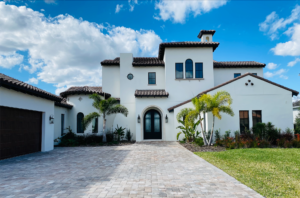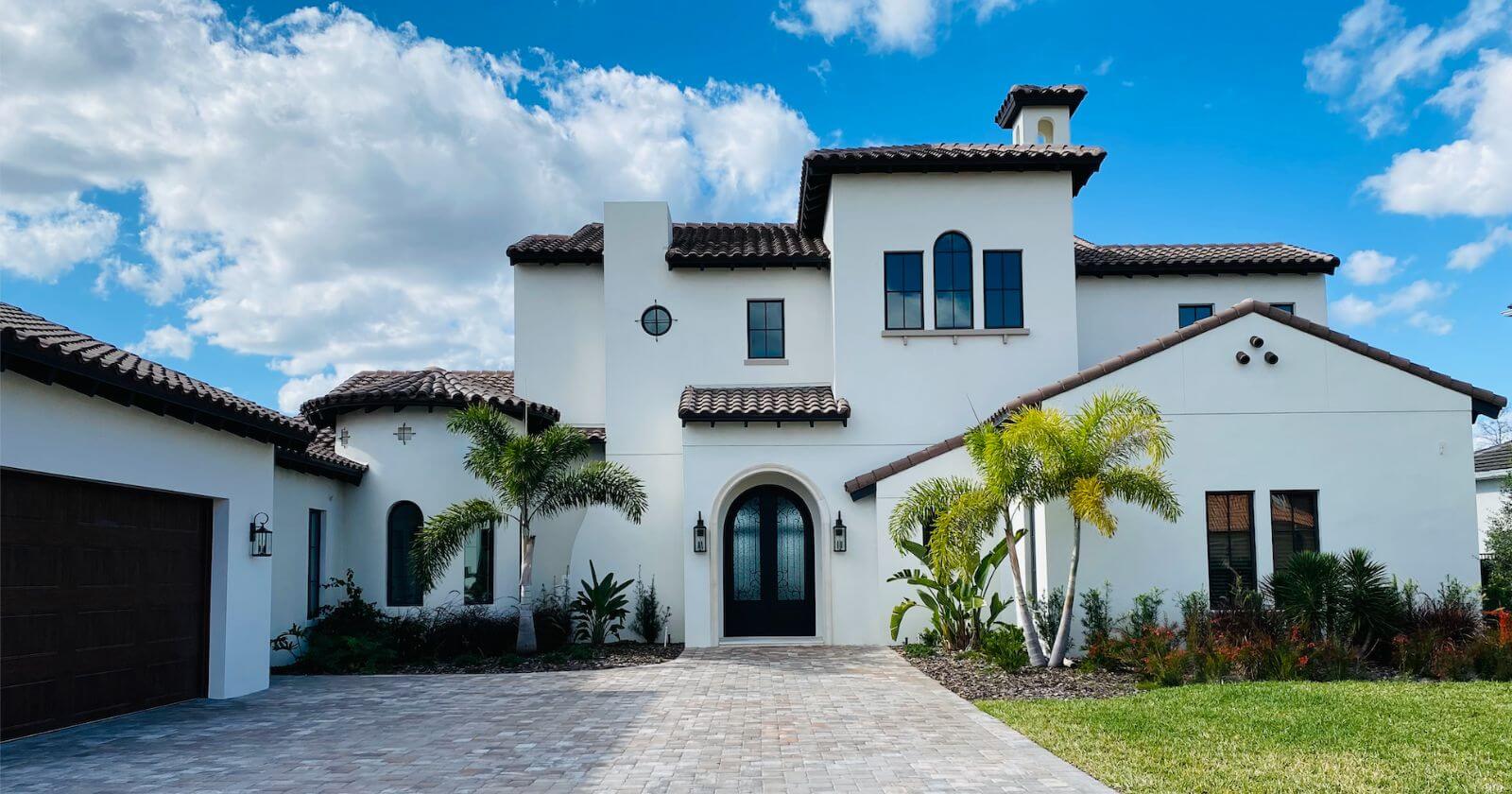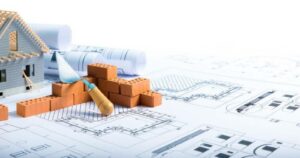Ideally, a Boglehead doesn’t build a doctor house. But what if one really wants to? Let’s find out how a Boglehead builds a doctor house.
My Why
I consider myself a good little Boglehead. Overall frugal, solid indexer. We even live on less than 1/2 our take home income.
I dont need or want fancy clothes or shoes or bags. I shop at Loft and Banana Republic at deep discounts- because they have good petites sections. I own no Jimmy Choos or Valentinos.
But I do like me some house. I’m a homebody.
Home is my favorite place on earth.
I even work a ton from home these days.
I’ve always wanted a gorgeous place to call home. It fills me with joy to invite friends and family into my home, and share an afternoon or a home cooked meal with them.
It’s my version of mindful spending. Because, like author Ron Lieber says in The Opposite of Spoiled, the very point of money is to “be grateful for what you have, share it generously with others, and spend it wisely on the things that make you happiest”.

The Case against FIRE
FIRE stands for Financial Independence, Retire Early. We’re big on the FI part, not so much on the RE.
We knew building the house would delay our financial independence by a few years. We went into it eyes wide open and willing to accept that.
Fortunately, both my husband and I are in very different but nearly-ideal practice circumstances. So, we would love to continue working in clinical medicines for years, if not decades, to come.
Why Build
Because we couldn’t find the right house.
Its certainly not an economic decision- it costs way more to build a new construction than buy a pre-existing home, even considering small cosmetic changes you are likely to make when you purchase a pre-built home.
You will likely spend on an architect, a designer and a general contractor- all of whom have their fees, whether you can see it directly or not.
Our architect fees were $19k: this is probably low in today’s market. We initially planned to build nearly 10 years back- so the rates are from then.
Our builder has a 20% profit built-in for the whole project.
The designer is a different story. She was exorbitant. $70k. Fortunately (in hindsight), things did not go well with her and she quit the project midway. So I paid less than $20k.
These costs are usually not recouped in a sale, definitely not completely. In general, expect to pay anywhere from 10-25% for these costs, depending on your location, range of services needed and how the costs are set up.
How a Boglehead Builds A Doctor House
#1. Evaluate land price
I wasn’t willing to compromise on location and increase our work commutes. So, I limited myself to only to our side of the city, with easy access to the highway.
This gave me a deep understanding of the market, since I had already lived in the area close to a decade. I knew every single empty lot available from frequently scanning Zillow, realtor.com etc.
And seeing all these lots let me evaluate whether they were priced right or not. I was in the market in 2018, when the real estate market was already fairly hot from years of running up. Similar lots were priced anywhere from $1M to three times that.
I’d been eyeing our current neighborhood for a few months- and there were two lots I was interested in. There was a less desirable lot at a more desirable price. I put in an offer for one of the lots I liked at the price of the lesser lot. They rejected it outright. They weren’t even taken by the cute letter I wrote them. They were developers, cold and hard.
Then one of the two good lots got sold. Darn. I raised my offer, but still way below asking. This lot was the last good one on the lake. I had a feeling they’d go for it since the developer had hung on to this lot for more than a decade. They wouldn’t let me go for a small price difference since there weren’t too many buyers for seven figure lots.
I was right. They accepted. I got the lot for more than $200k less than asking price.
Know your market.
#2. Pay less real estate commission
My builder also holds a real estate license. So, he represented us for the lot purchase and credited us the commission in the form of a building credit.
$30k back into our pockets.
Find a realtor who will give a discount on their commissions. As it is, realtor fees are outrageous for today’s prices, considering so much of it, including hunting for properties is done by buyers.
I scouted the market for lots and decided on offers to make. He only did the communicating with the other realtor.
This is much better than self-representation because if I did not have a realtor represent me, the seller’s agent would’ve walked away with both halves of the commission.
There is no discount for doing this because the seller ends up paying the same amount of commission either way. You can also achieve this by using the seller’s agent to represent you and then credit you some commission. But I feel it is much safer to have an independent agent representing you and safeguarding your interests.
#2. Pick a Builder well
This point should probably be #1, #2 and #3.
The builder, or general contractor, is ultimately responsible for everything.
You work super closely together for at least a couple of years. They need to be honest, trustworthy and good at what they do.
Recommendations and past references are the best way to go.
My builder, Bill, takes potential new clients to the homes he’s built- so they can see his quality of work. I remember touring a few of his houses a decade ago when we were first planning to build.
The houses were obviously beautiful but what more striking was how the homeowners talked of Bill. They adored him.
I remember Bill once saying that he made his friends by building people their homes. I think it is more common to make enemies by building people their homes.
We have heard so many nightmarish stories of home constructions gone wrong due to unscrupulous builders, even among our friends.
Choose your builder wisely.
#4. Pay attention to your builder contract.
Review your contract carefully for red flags.
-what is the total cost of construction? What does it include?
-How do the costs work? What happens if building costs increase between the time you sign the contract and construction is complete?
In our case, building costs were divided into two groups. Allowances and non-allowances, I call them.
Allowances include things like light fixtures, plumbing fixtures, appliances and flooring etc. Pretty things that I could choose to spend on as much or as little as I liked. Based on his experience and where he guessed we would stand, Bill had gross estimates of each line item.
If I went over on these items, as a total, I would owe him the excess at the end of construction. If I went under, tough luck. He was contracted to build me the house at a certain price- the excess was his to keep. Of course, almost no one ever goes under, so it’s okay.
The remaining items, which actually are a far bigger proportion of building cost, are what I call non-allowances. They include lumber and concrete and all those kind of things. And labor.
The prices for these can go up and down and it remains the builder’s responsibility. This is a big risk for builders and an important reason that they need to guesstimate prices accurately in advance.
The last couple of years have been treacherous. With the pandemic upending supply chains, costs have skyrocketed. Fortunately, he got in our bids before the price increase. We were mostly hit by the delays, not the price increases.
This is not how all builders operate. Read your contract carefully to figure out how price fluctuations affect you.
-What is the timeline the builder expects to finish in? What are the consequences of not doing so? Make sure it is spelled out.
Our contract stipulated 18 mo to completion. It took us much longer since everything was delayed.
First the architect took forever to make some small changes. Then the city permit, which normally takes a couple of months, took six whole months.
Then we broke ground, in October 2019 and things were going smoothly until March 2020 when the world came to a standstill. We were still okay until later in the year. That’s when first labor shortages and then supply delays hit us.
Subcontractors wanted to get the work done but everyone was out with covid- they had no workers.
Then came all the shipping delays. My limestone was stuck in Turkey. My appliances were stuck in China.
We got two of three air-conditioning units and had to struggle for the last one. One of Bill’s guys drove 150 miles to get me an a/c unit that someone told somebody else had just arrived.
All of these delays made the bank unhappy. Fortunately, we were blessed with a fantastic loan officer.
#5. Choose your loan and lender well
Wendy at Regions Bank made our lives so much simpler. First, with the loan process itself- explaining everything well, getting things done like clockwork prior to closing.
The loan terms were also pretty good. The interest rates are higher for construction loans than regular loans by about 1-1.5%. Apart from this, it was a good product. It was a single-closing, construction to permanent loan. This means that at the end of construction, the loan rolls over into a regular mortgage without incurring closing costs. Unless you refinanced.
We were also allowed to bring more money to the table at the end of construction, which we did. The loan also had a recasting feature. Which means that during the permanent phase of the loan, we were able to put in a lump sum towards principal and re-amortize the loan to reduce our monthly payments, without having to refinance.
And later, when all the delays happened, her team was phenomenal. I had to write letters each time, but in all, they extended the terms of the construction loan three times, without any increase in interest rate (as the loan terms stated), given the unprecedented situation with covid.
I was not able to stay with them at the end of completion- because I refinanced to a better rate- but I was sad to go.
#6. Refinance when you can
By the time we finished building in 2021, interest rates were at rock bottom. I found a small lender who was excellent o work with at 2% fixed 15- year jumbo. Our prior lender, being a bigger entity, was not able to match the offer. My loan officer suggested I shouldn’t miss this opportunity.
The post is getting really lengthy. I will finish up next week to learn how a Boglehead builds a doctor house. In the meantime, tell me about your experiences with building a house, if you’ve gone this way, too.
Thank you for reading!





